The Ultimate Guide to Tattoo Removal Machines: How Picosecond Lasers Are Revolutionizing Skin Rejuvenation
Introduction: The Rise of Laser Tattoo Removal in Modern Aesthetics
In today’s fast-paced beauty industry, smooth, flawless skin has become the ultimate aesthetic goal. Tattoos, once a symbol of self-expression, can now appear outdated or even hinder career and social opportunities. As a result, tattoo removal is growing in popularity, with advanced laser technology offering a painless, efficient, and safe solution.
This in-depth guide will explore:
✔ The science behind Picosecond tattoo removal – why it’s faster and safer than older methods.
✔ Comparing Picosure, Picoking, and Picolaser – which one is right for your business?
✔ The business side of tattoo removal – costs, ROI, and why clinics are scrambling to invest.
By the end, you’ll understand why Picosecond lasers are the future of tattoo removal – and how to capitalize on this booming trend.
The Science of Tattoo Removal – How Picosecond Lasers Work
Why Traditional Tattoo Removal Methods Are Obsolete
Before lasers, tattoo removal was a painful, often scarring process that included:
Salt abrasion (scrubbing the skin with salt)
Dermabrasion (grinding away layers of skin)
Surgical excision (removing the tattoo)
These methods were slow, risky, and ineffective – often leaving discoloration or keloid scars.
Then along came Q-switched nanosecond lasers (the previous gold standard), which break down the ink by applying heat. But they still require multiple treatments and carry the risk of burns or pigmentation problems.
Picosecond Breakthrough: Faster, Stronger, Safer
Picosecond lasers represent a giant leap forward in tattoo removal technology. They deliver energy in picoseconds (trillionths of a second) rather than nanoseconds (billionths of a second).
How it works:
Ultra-short pulses shatter the ink – rapid bursts of laser light create photoacoustic waves (shock waves) that blast the tattoo pigment into dust-like particles.
Natural Elimination – The body’s immune system then removes these microscopic fragments, leaving the skin cleaner with minimal heat damage.
Fewer sessions required – While older lasers required 10-15 treatments, picosecond lasers are typically effective in just 3-5 sessions.
Why it’s better for skin:
✅ Less heat = less risk – Reduced heat damage means safer treatment for darker skin tones.
✅ Removes stubborn color – Advanced wavelengths (755nm, 1064nm, 532nm) remove blue, green and even red that older lasers struggle to remove.
✅ Dual benefit – Many picosecond lasers can also treat acne scars, wrinkles and pigmentation, making them a versatile investment for your clinic.
Picosure, Picoking and Picolaser – Which one wins in the market?
All three devices use picosecond technology, but they differ in wavelength, features and price. Here’s the breakdown:
1. Picosure (by Cynosure) – Industry Leader
🔹 Best for: High-end clinics, multi-treatment centers
🔹 Key Features:
755nm Alexandrite laser (for blue, green, and black)
PressureWave™ Technology – Enhanced ink breakdown
FDA-approved for tattoos, pigmentation, and acne scars
🔹 Pros:
✔ Great for multi-color tattoos
✔ Minimal downtime
✔ Trusted brand with strong clinical support
🔹 Cons:
❌ Expensive – up to $200,000 for new systems
❌ Overkill for small salons focusing only on basic tattoo removal
2. Picoking – Affordable Powerful Product
🔹 Best for: Small to mid-sized salons, emerging markets
🔹 Key Features:
Multiple wavelengths (532nm, 755nm, 1064nm) – works on all ink colors
Segmented handle option – adds skin remodeling capabilities
🔹Pros:
✔ Affordable (typically 6,000–50,000)
✔ Great for combination treatments (tattoo removal + skin rejuvenation)
✔ Popular in Asia and North America due to cost-effectiveness
🔹Cons:
❌ Less brand awareness than Picosure
3. Picolaser – The versatile performer
🔹Best suited for: clinics that require precision and flexibility
🔹Key features:
Dual wavelengths (1064nm and 532nm) – strong on black/red inks
Adjustable spot size – customizable for different tattoo sizes
🔹Pros:
✔ Balanced price (40,000–80,000)
✔ Great for removing stubborn tattoos
✔ Lower maintenance cost than Picosure
🔹Cons:
❌ Not as good as Picosure in Western markets Well-Known
Market Trends: Which Do Clinics Prefer?
High-End MedSPAs and US/EU Clinics → Picosure, Picoking (Due to FDA Approval and Prestige)
Budget-Conscious Salons → Picoking/Picolaser (Higher ROI for Small Businesses)
Hybrid Clinics (Tattoo + Skincare) → Picolaser/Picoking (With Dual Wavelength Flexibility)
Tattoo Removal Business – Costs, ROI and Profit Potential
How Much Does a Picosecond Laser Cost?
Equipment Price Range (New) Refurbished/Lease Options
Picosure 100,000–200,000
Picoking 6,000–50,000
Picolaser 40,000–80,000
Other costs to consider:
Annual maintenance: 5,000–10,000, Picoking offers a 2-year warranty
Consumables (freezer, handle): 2,000–5,000/year, Picoking offers free
Training and certification: 1,000–3,000, Picoking offers free training
How quickly can you break even?
Average tattoo removal session price: 200–500/session
Clients typically require 3–5 sessions
Busy clinics can generate 5,000–15,000/month in revenue from laser removal alone
Sample ROI calculation:
If you invest $50,000 in Picoking, you can recover your costs in 6–12 months with just 10–20 clients.
Final Verdict: Is Picosecond Laser Worth It?
✅ For high-end clinics: Picosure/Picoking is the best choice – premium results, strong brand trust.
✅ For budget salons: Picoking or Picolaser offer great value without sacrificing quality.
✅ For the greatest return on investment: look for a multi-wavelength system that offers both tattoo removal and skin rejuvenation.


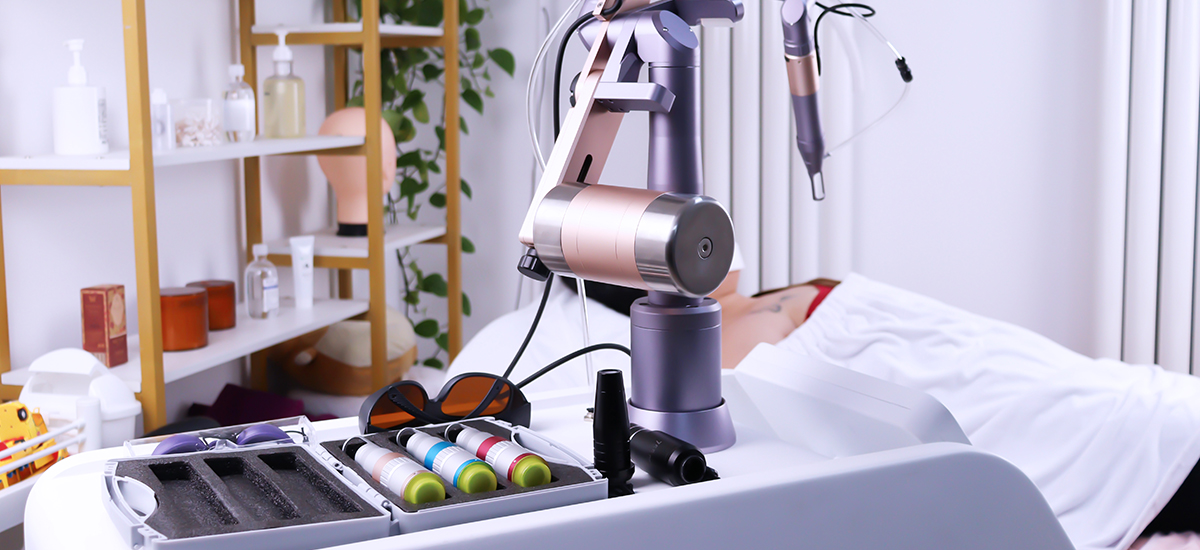
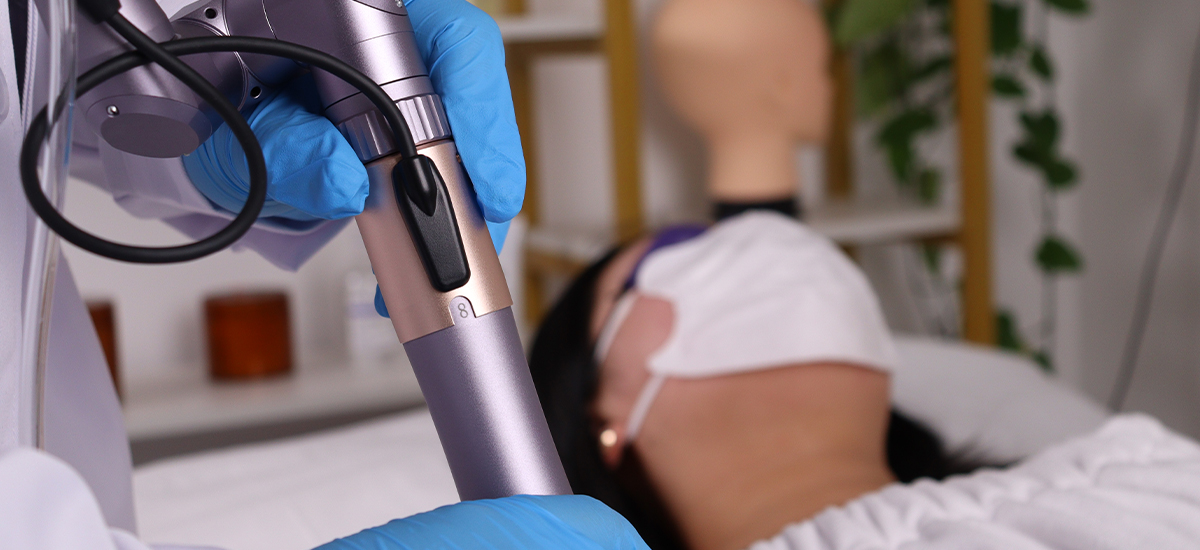
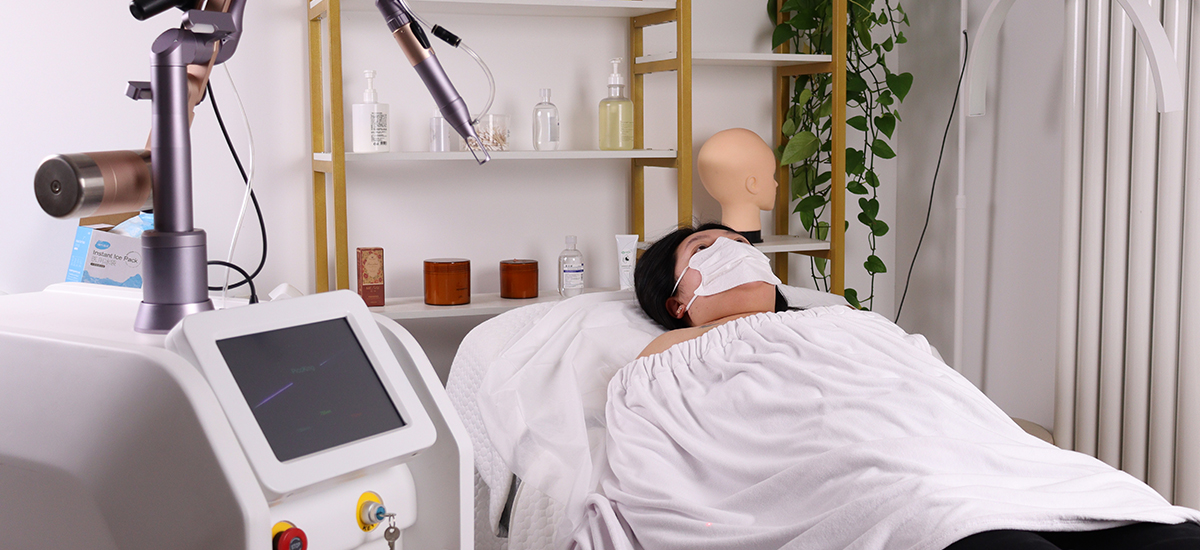
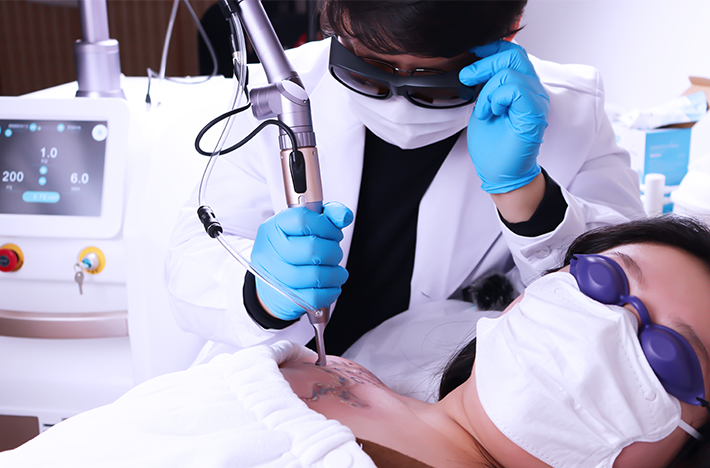
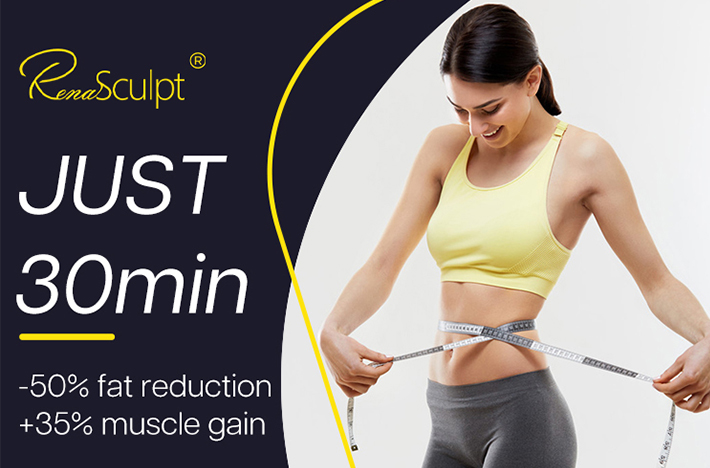

Leave a Reply
You must be logged in to post a comment.